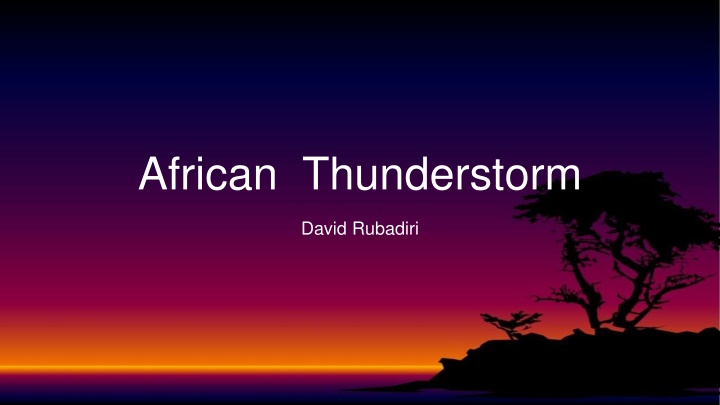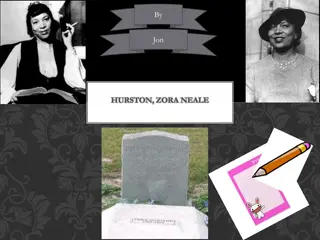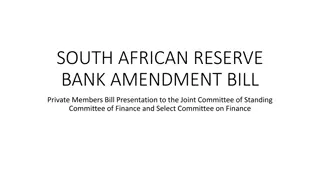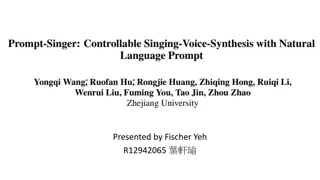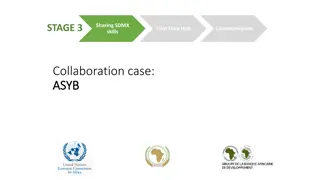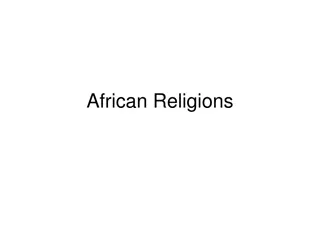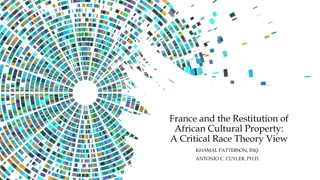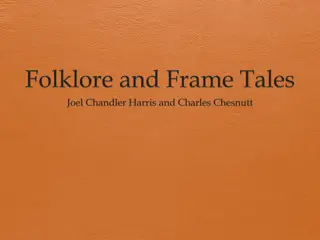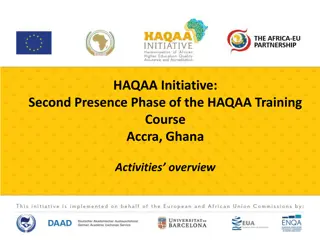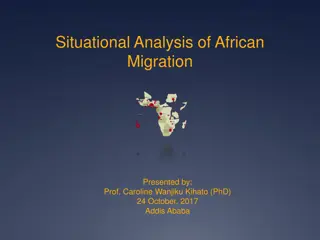Analysis of "African Thunderstorm" by David Rubadiri
The poem "African Thunderstorm" by David Rubadiri vividly describes the intensity of a typical African thunderstorm, emphasizing the destructive aspects rather than the blessings it brings. The imagery reflects possible themes of colonialism and the impact of foreign domination on the native land. This analysis explores the use of similes, metaphors, and descriptive language to uncover deeper meanings within the poem, providing insights into the poet's perspective and societal implications.
Download Presentation

Please find below an Image/Link to download the presentation.
The content on the website is provided AS IS for your information and personal use only. It may not be sold, licensed, or shared on other websites without obtaining consent from the author.If you encounter any issues during the download, it is possible that the publisher has removed the file from their server.
You are allowed to download the files provided on this website for personal or commercial use, subject to the condition that they are used lawfully. All files are the property of their respective owners.
The content on the website is provided AS IS for your information and personal use only. It may not be sold, licensed, or shared on other websites without obtaining consent from the author.
E N D
Presentation Transcript
African Thunderstorm David Rubadiri
About: The poem describes a typical African thunderstorm, with all its intensity. In African society, rain is a blessing; everything loves the approach of rain, not just children. It is good for the crops and the animals, as it increases the harvest. However, when we read this poem, we don t get the feeling that the author is happy; he concentrates on telling us about the damage that the rain and wind do. For example a plague of locusts is never a good thing, at least for the crops. It calls attention because the poet uses this simile while referring to the wind that brings rain, a good thing.
Colonialism? It is possible to interpret the poem as the effect of colonial domination on the native land. The time that the poet has lived- his country got independent in the early 1960 s- can be convincing. At least he was familiar with that part of the history of his country. It also alludes to domination by such words as trees bend to let the wind pass , clouds ride stately on the back of the wind . The tattered flags have a nationalistic connotation.
Questions: 1. Identify the two similes used in stanza 1. Like a plague of locusts and Like a madman chasing nothing. 2. Why are the clouds described as pregnant in stanza 2? The clouds are heavy with rain, comparing the clouds, using a metaphor, to a pregnant woman who is ready to give birth.
3. Comment on the use of the word stately in line 10. Stately can be seen as something that is splendid, grand, dignified. The poet portrays the clouds as if they are somewhat seen as royalty, being carried to the position where the clouds will make their appearance. 4. Quote two consecutive words in stanza 2 that suggest that the thunderstorm might be dangerous. sinister dark
5. Explain why this thunderstorm might not be as welcome to the villagers. Firstly the lightning brings fire to a nearby field, and with that brings a danger to the surrounding huts and people living there. 6. In line 24, alliteration is used. Write down the line and indicate the alliteration and also comment on its effectiveness. The wind whistles . Its effectiveness is that the alliteration creates a sound device that the poet uses in order to create the sound of the wind as it passes through the trees.
